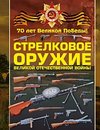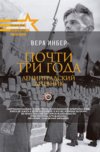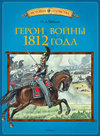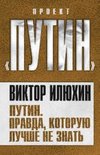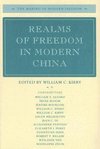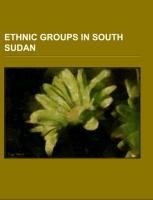
-
 Anglický jazyk
Anglický jazyk
Ethnic groups in South Sudan
Autor: Source: Wikipedia
Source: Wikipedia. Pages: 40. Chapters: Nilotic peoples, Madi people, Toposa people, Dinka people, Kuku people, Bari people, Moru people, Luo peoples, Acholi people, Anuak people, Baggara Arabs, Nuer people, Murle people, Zande people, Didinga people, Nyangatom... Viac o knihe
Na objednávku
16.38 €
bežná cena: 18.20 €
O knihe
Source: Wikipedia. Pages: 40. Chapters: Nilotic peoples, Madi people, Toposa people, Dinka people, Kuku people, Bari people, Moru people, Luo peoples, Acholi people, Anuak people, Baggara Arabs, Nuer people, Murle people, Zande people, Didinga people, Nyangatom people, Mandari people, Dar Fertit, Kakwa people, Kara people, Pari people, Avukaya people, Morokodo people, Lango people, Shita people, Shatt people, Ketebo people, Makaraka people, Yulu people, Tenet people, Keliko people, Dongotona people, Kaligi people, Nyamusa people, Lotuko people, Baka people, Bai people, Kichepo people, Mundu people, Atwot people, Burun people, Ndogo people, Mangaya people, Rek people, Ngulgule people, Olu'bo people, Indri people, Belanda Bor people, Tacho people, Bviri people, Lokoja people, Thuri people. Excerpt: The Mà'dí people are found in the Magwi County in South Sudan, and the districts of Adjumani and Moyo in Uganda. From south to north, the area runs from the from Nimule(at Sudan-Uganda border) to Nyolo River where the Ma'di mingle with Acholi, Bari and Lolubo. From the east to west, it runs from Parajok/Magwi to Uganda across the River Nile. The speakers refer to themselves and are known Madi. In standard orthography this is Ma'di; the aprostrophe indicates that d is implosive. The speakers refer to their language as madi ti, literally meaning Ma'di mouth. Among themselves, Ma'di refer to each other as belonging to a suru ("clan" or "tribe"), which may further be broken down to pa, "the descendants of," which in some cases overlap with suru. While a Madi can only marry someone from outside their clan, they must normally marry within the group that shares the Madi language. Many neighboring speakers of Moru-Madi languages go by the name of Madi. Madi womenAccording to one popular folk tale, the name Madi came as an answer to a question by a white man to a Madi man. When the first white person in the area asked the question 'who are you?', the bemused response was madi, i.e. a person. This was taken to be the name of the people, which came to be corrupted to the present. Another Ma'di narrative tries to account for the names of some of the Moru-Ma'di group members. When the progenitors of the Ma'di were pushed southwards, on reaching a strategic location they declared, Muro-Amadri, i.e., "Let's form a settle here". And so they formed a cluster to defend themselves. This group came to be known as the Moru. A group broke off in search of greener pastures in a more or less famished state, until they found an edible tree called lugba('desert dates' - ximenia aegyptiaca). After they ate some of the fruits, they took some with them. When the time came to refill their stomachs again, a woman who lost her harvest was heard enquiring about the lugba ri 'the desert dates'. This
- Vydavateľstvo: Books LLC, Reference Series
- Rok vydania: 2020
- Formát: Paperback
- Rozmer: 246 x 189 mm
- Jazyk: Anglický jazyk
- ISBN: 9781234595340
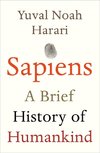
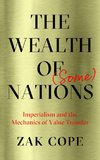
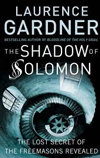


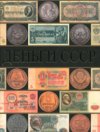
 Ruský jazyk
Ruský jazyk 
